The main gallery of Suffolk’s New England School of Art and Design (NESAD) has been taken over by the eclectic work of the school’s Fine Arts and Foundation Studies department faculty. Featuring a breadth of styles and processes, the Biennial Exhibition includes sculptures, drawings, photographs, and lithographs that range from classic realism to modern abstraction.
Students can easily recognize some professors’ pieces from afar, as they showcase the style the instructor stresses in a basic foundations class. Steve Novick’s “Seed” and “Transit” could be example pieces in his Color Theory class. The small canvas paintings feature limited, unifying color choices, minimalist designs, and impeccable craftsmanship.
But there are also some professors’ pieces that go far beyond the subject matter they teach in the classroom. Ilona Anderson, a foundations drawing professor, crafted a colorful, disjointed, multimedia drawing for the exhibition unlike any of the black and white, observational pieces that are produced in her level one class.
Made with cut paper, all the colors of the rainbow, and an unusual composition, Anderson’s maze-like piece “Zebra” is playful yet mysterious. It forces the viewer to linger and analyze the complicated imagery in order to understand the journey happening within it.
Peter Thibeault’s freestanding six-foot sculptures evoke two totally different atmospheres, showcasing diversity within his own artistic style. “Light / House,” a functioning floor lamp featuring a house-shaped lampshade, looks like it belongs in a hip South End loft. Built with wood and a rich, warm color palette, the lamp is both homey and elegant.
Thibeault’s other piece in the show, “Block Power, Clock Tower,” is a clock made of old game parts and toys, creating a more childlike, nostalgic style. Complete with block letters and domino pieces, the clock is perfectly suited for a toddler’s room or a daycare school.
Fine Arts Program Director Audrey Goldstein’s sculpture, “Deformable Bodies D Series #7,” is one of the darker, moody pieces in the show. Depicting human-like shapes of organs and faces, Goldstein’s black and white wall-mounted work features men’s suit fabric and willow shaped into an almost ghostly human head. Within the work, there is a balance of simpler shapes, like the willow pieces, and intricate designs, like the ones found drawn onto the frontal surfaces, making the sculpture dynamic and intriguing to the viewer.
From the quirky to the serious, the contemporary to the classical, all the pieces are a testament to the great range of talents and aesthetics of NESAD faculty members. Whether they be focused on functionality or emotional appeal, simplicity or intricacy, playfulness or melancholy, all kinds of artists can call NESAD home.
The Biennial Faculty Exhibition is located on the second floor of the NESAD building at 75 Arlington Street and will be open until July 29, with a closing reception on Saturday July 28 from 3p.m. to 4p.m. The gallery is open from 9a.m. to 5p.m on weekdays and 11a.m. to 5p.m. on weekends.





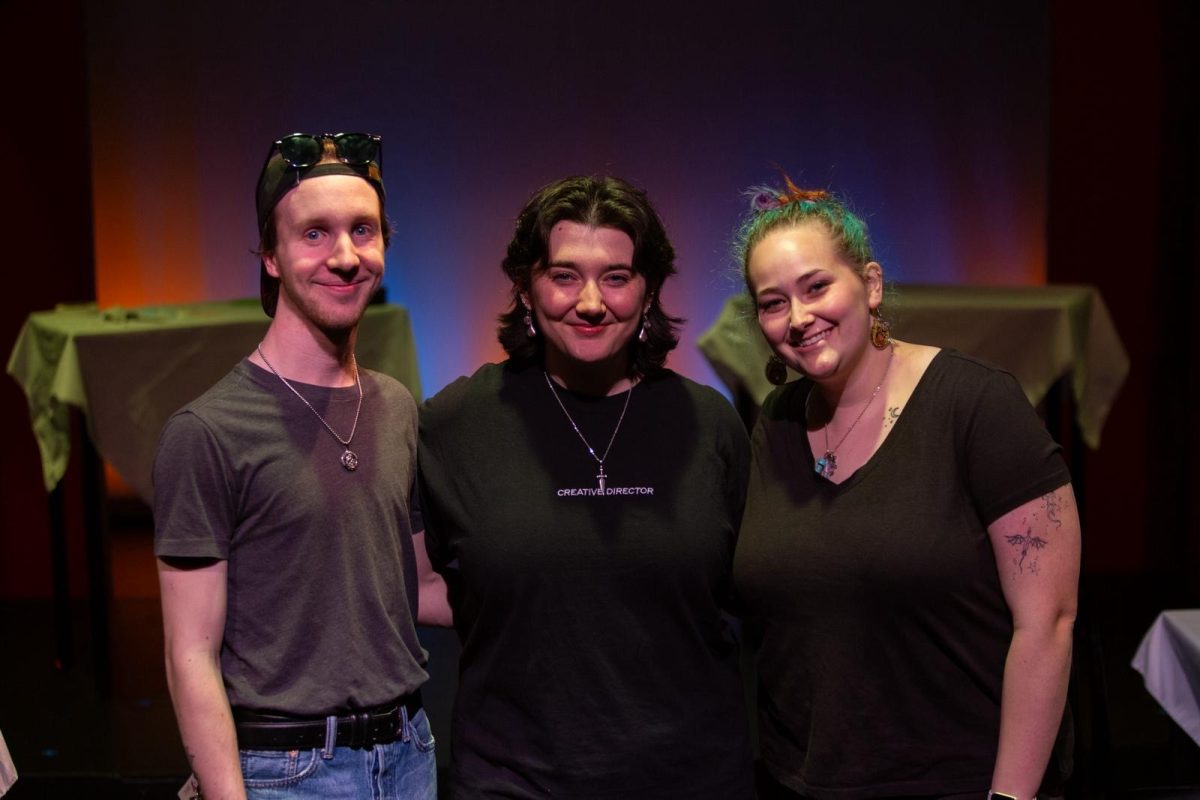

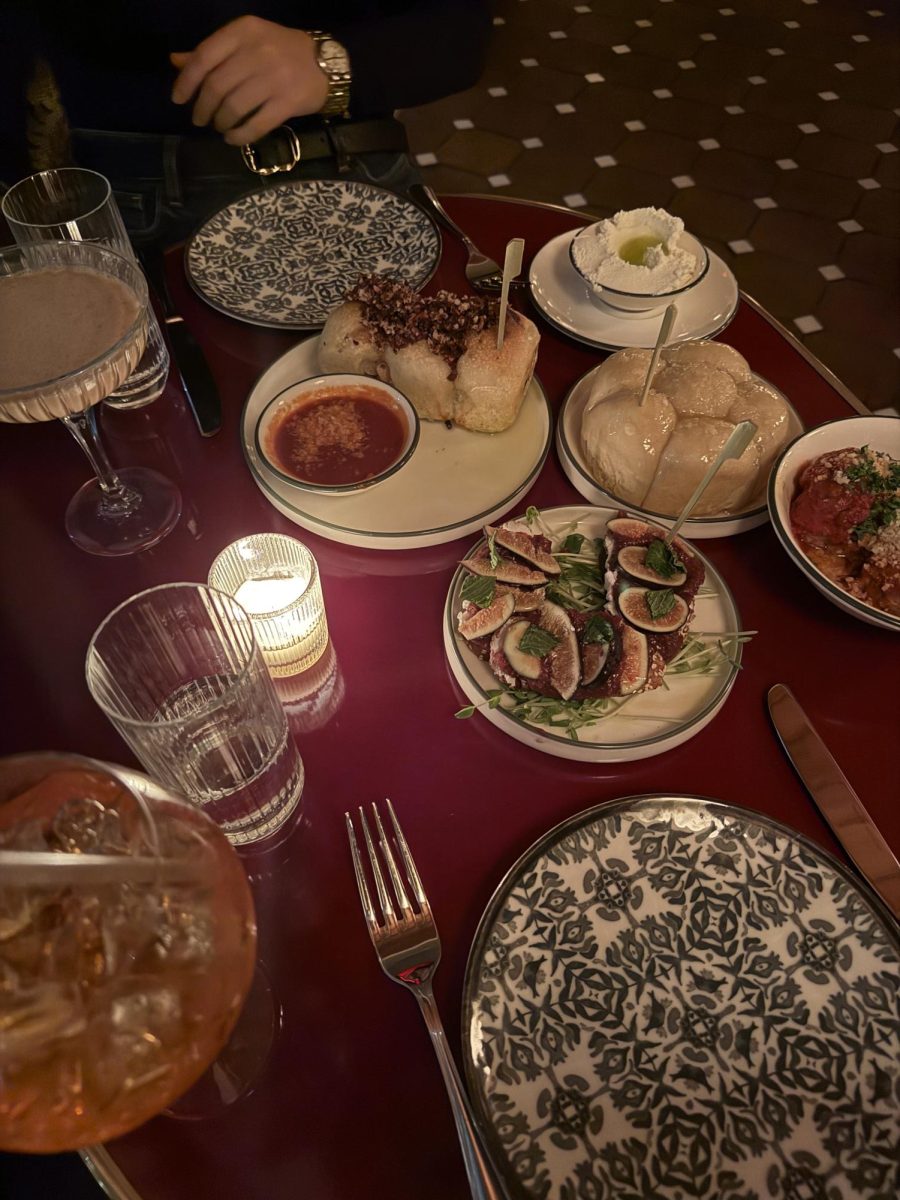

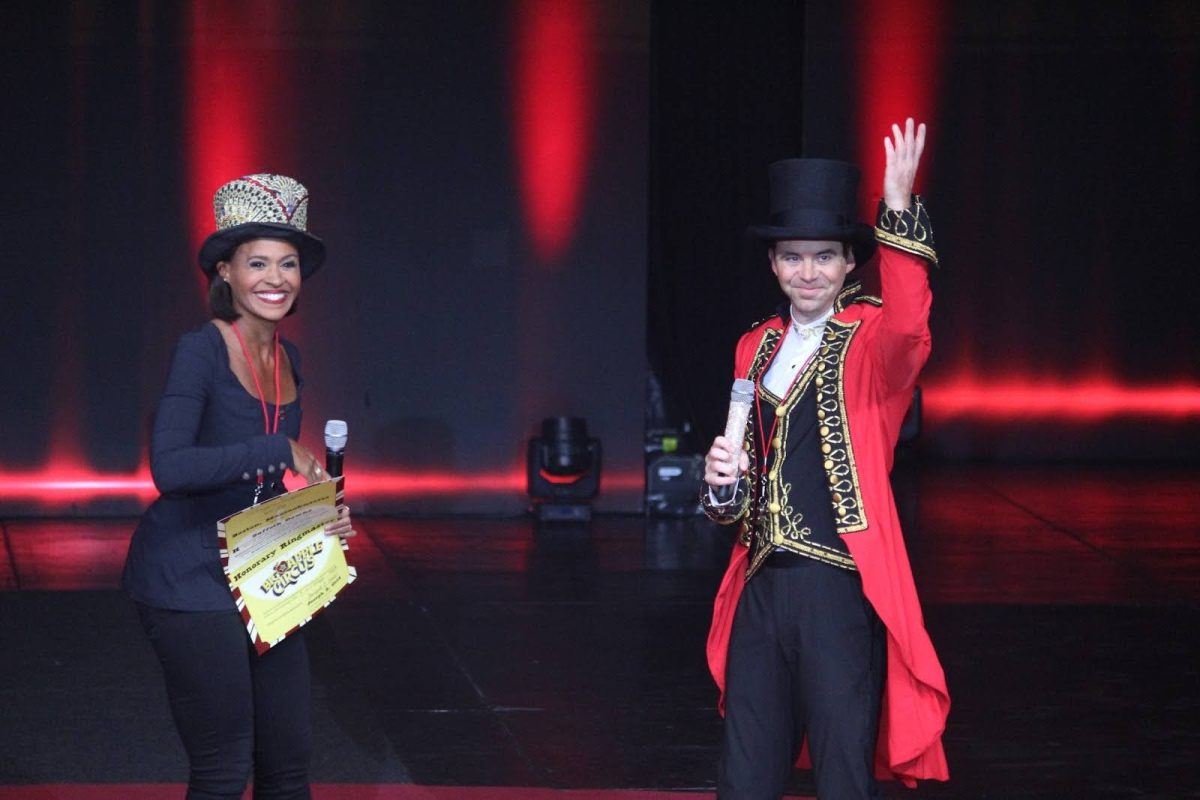
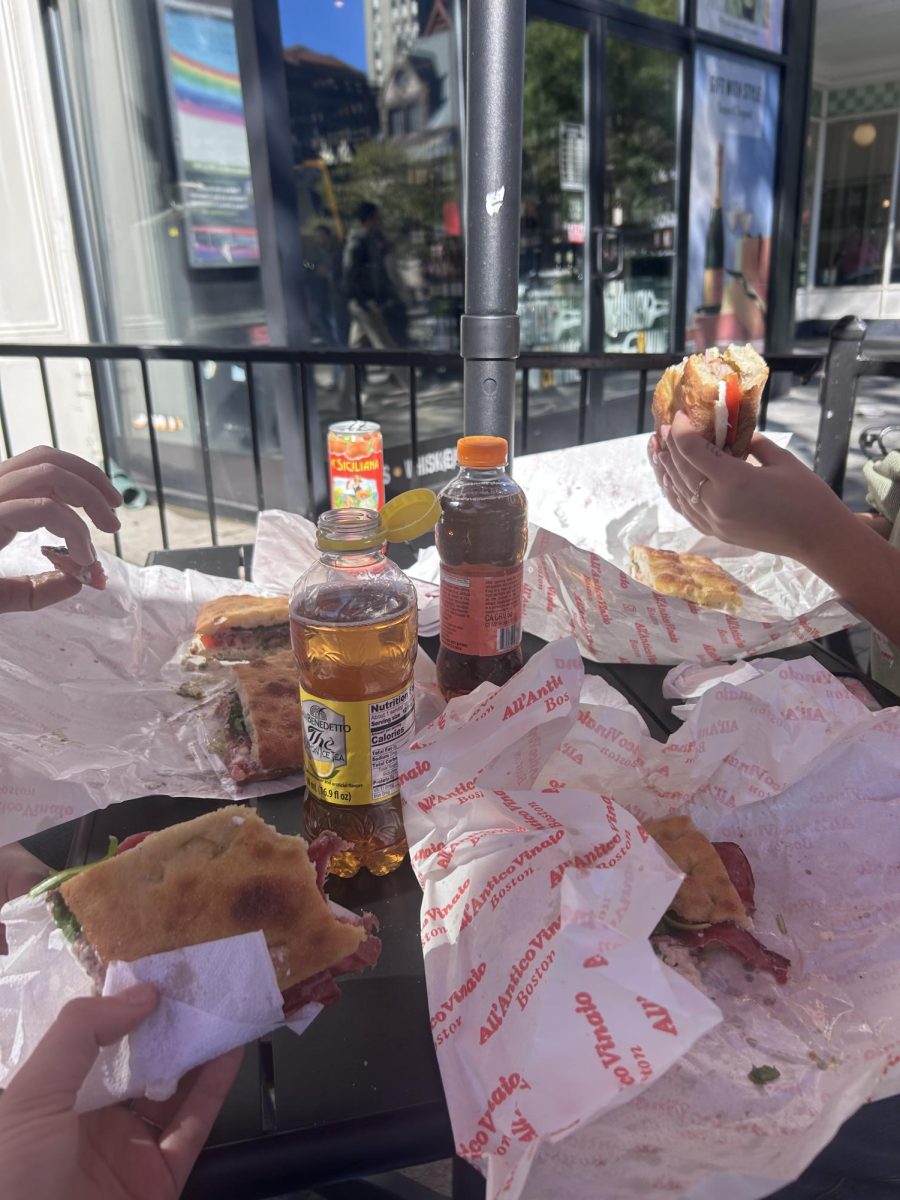


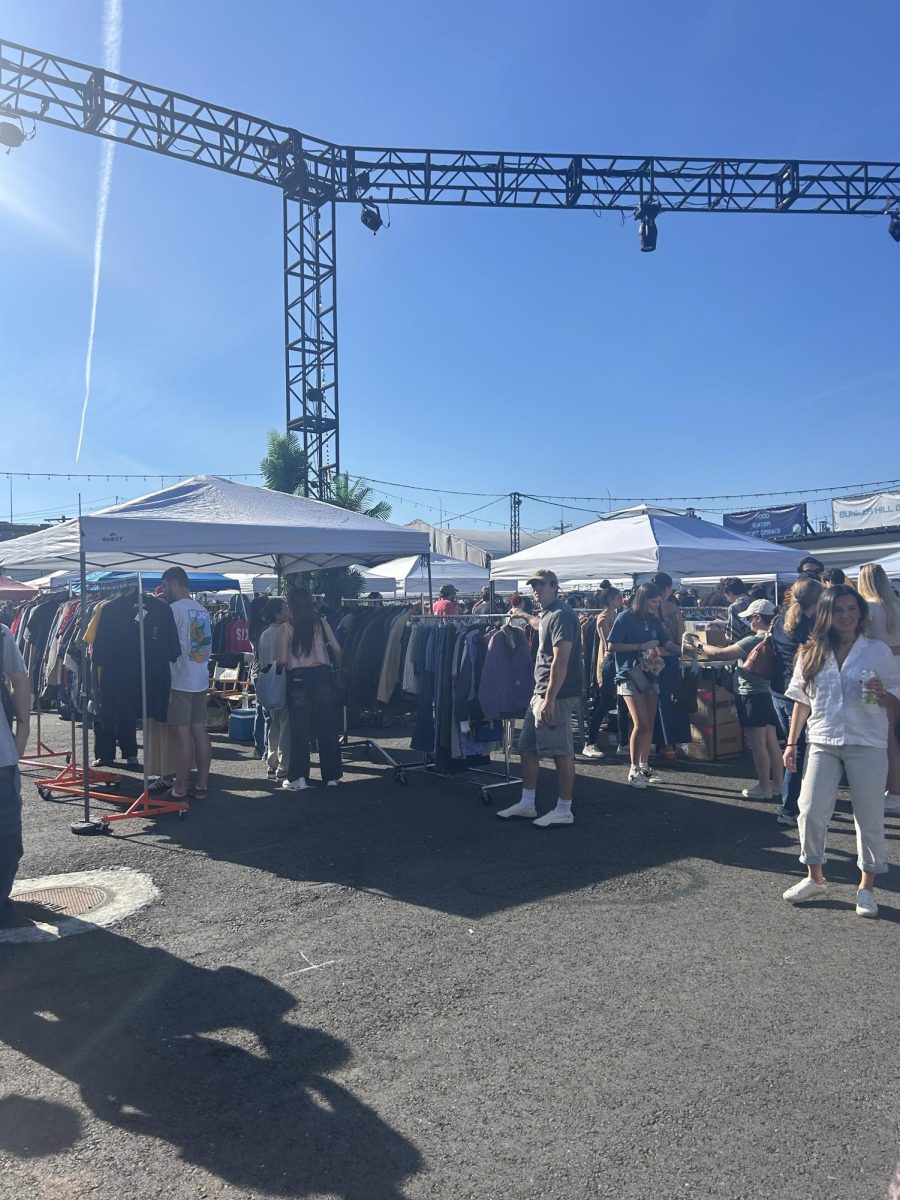
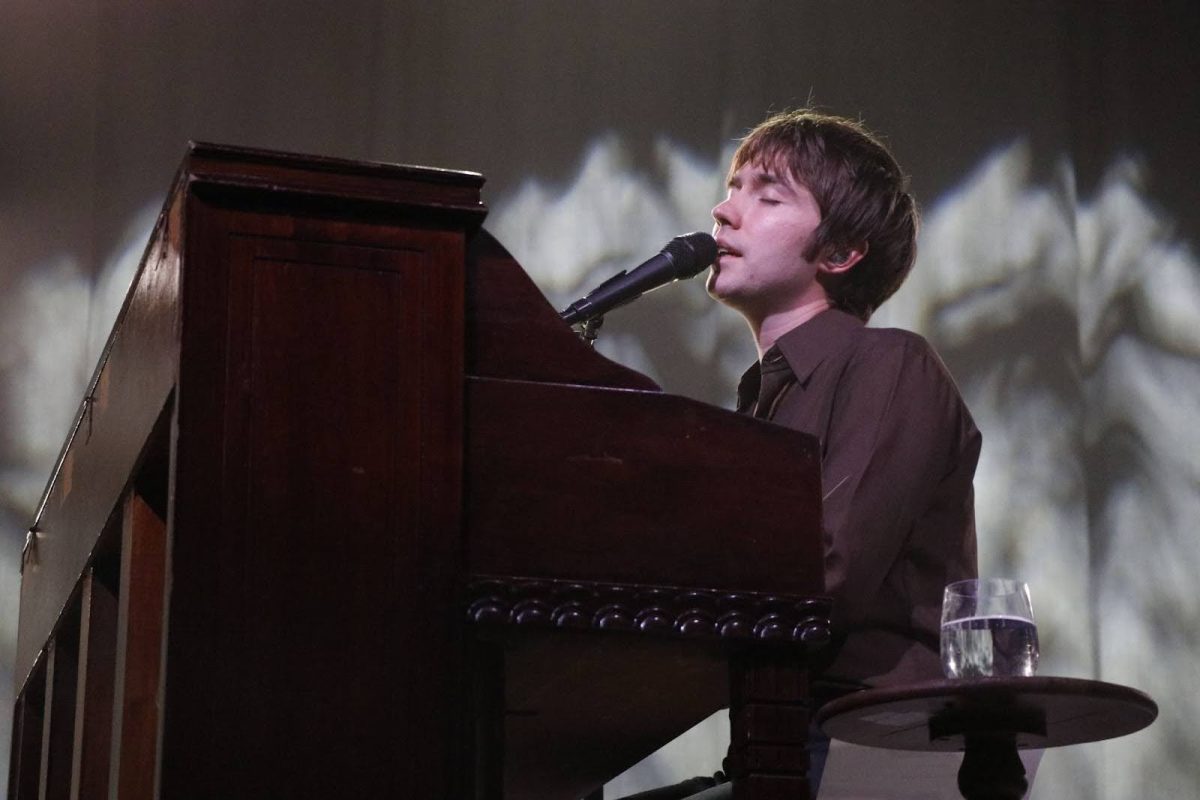
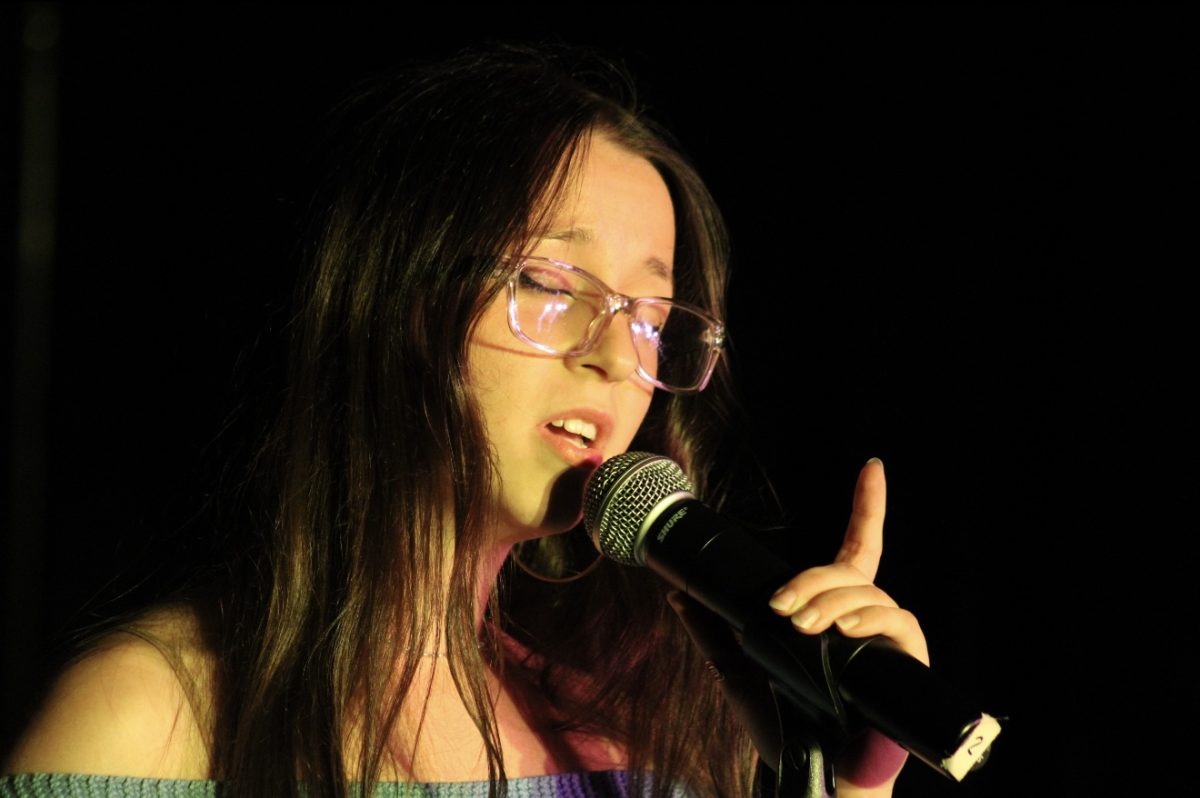


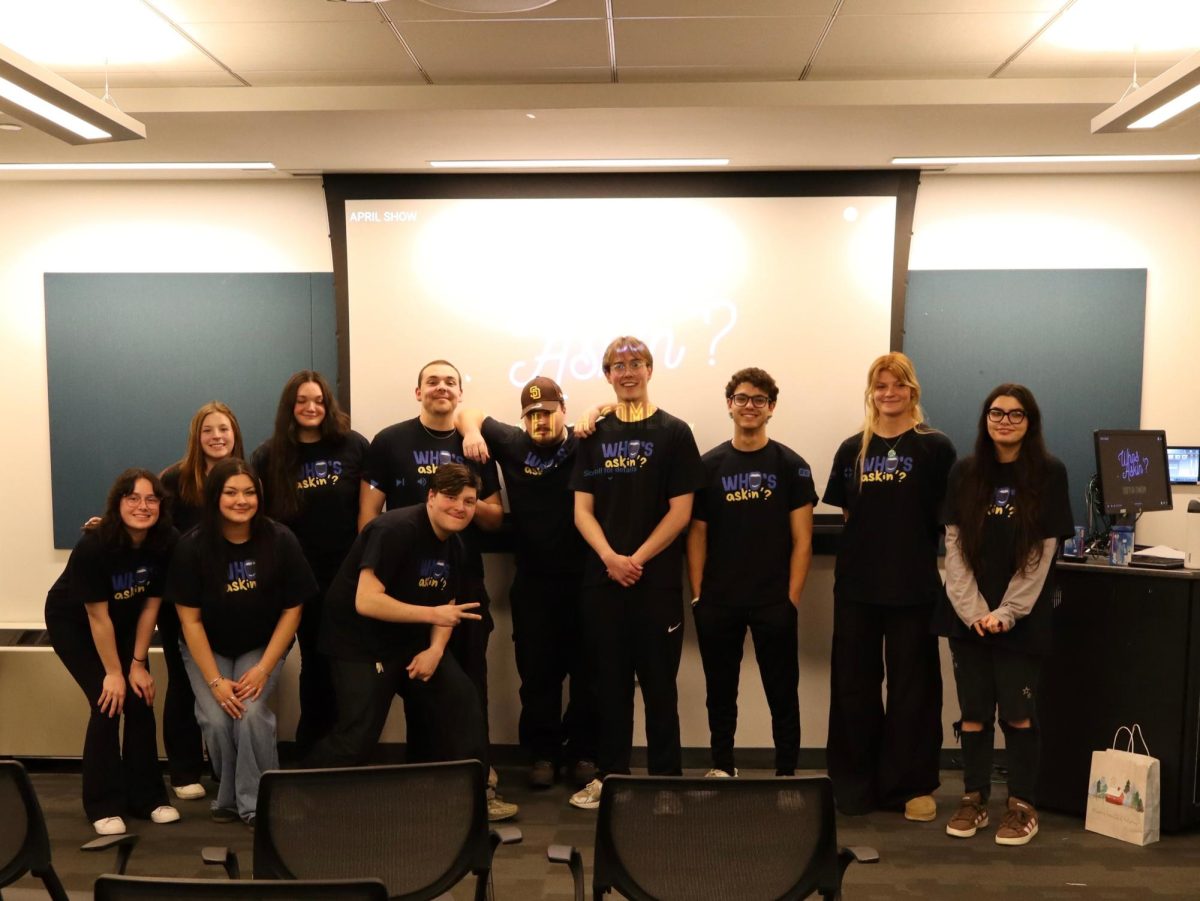
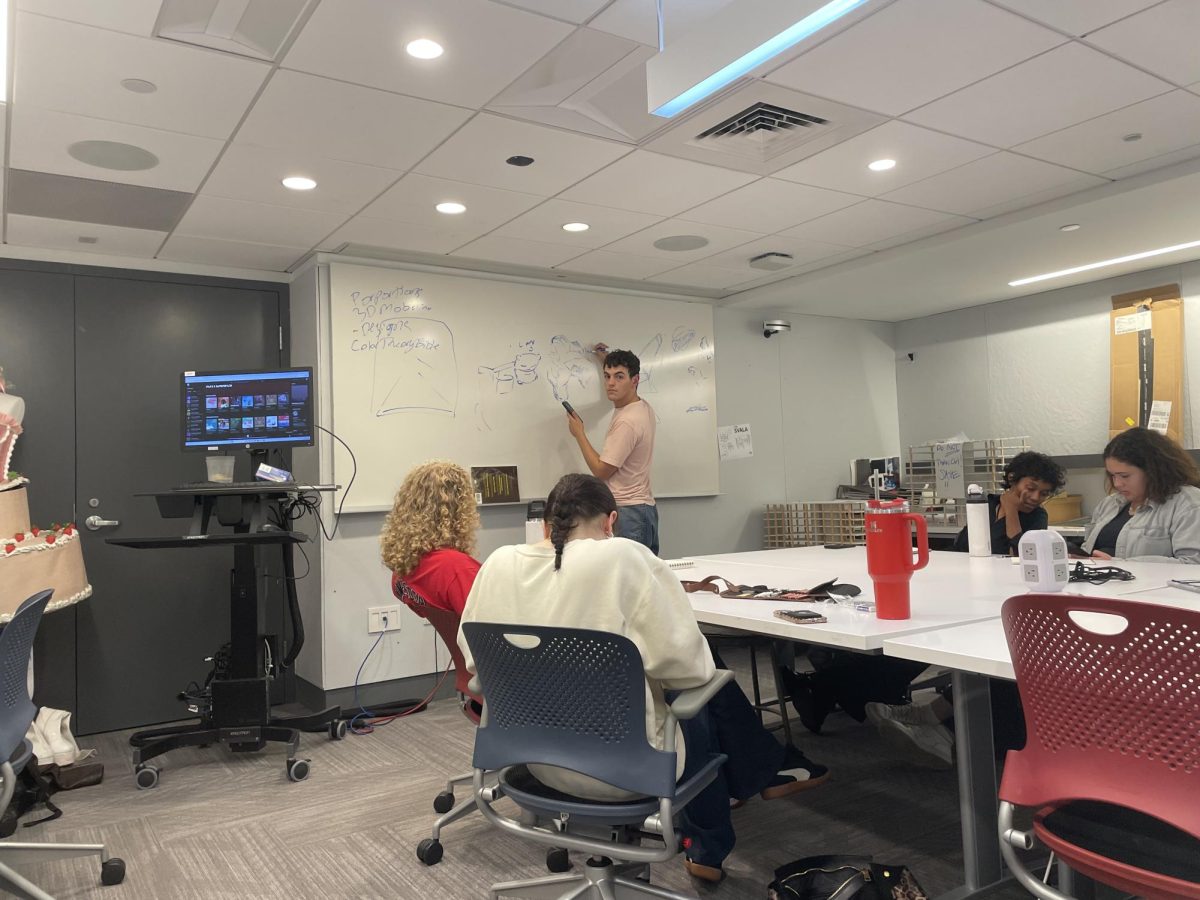
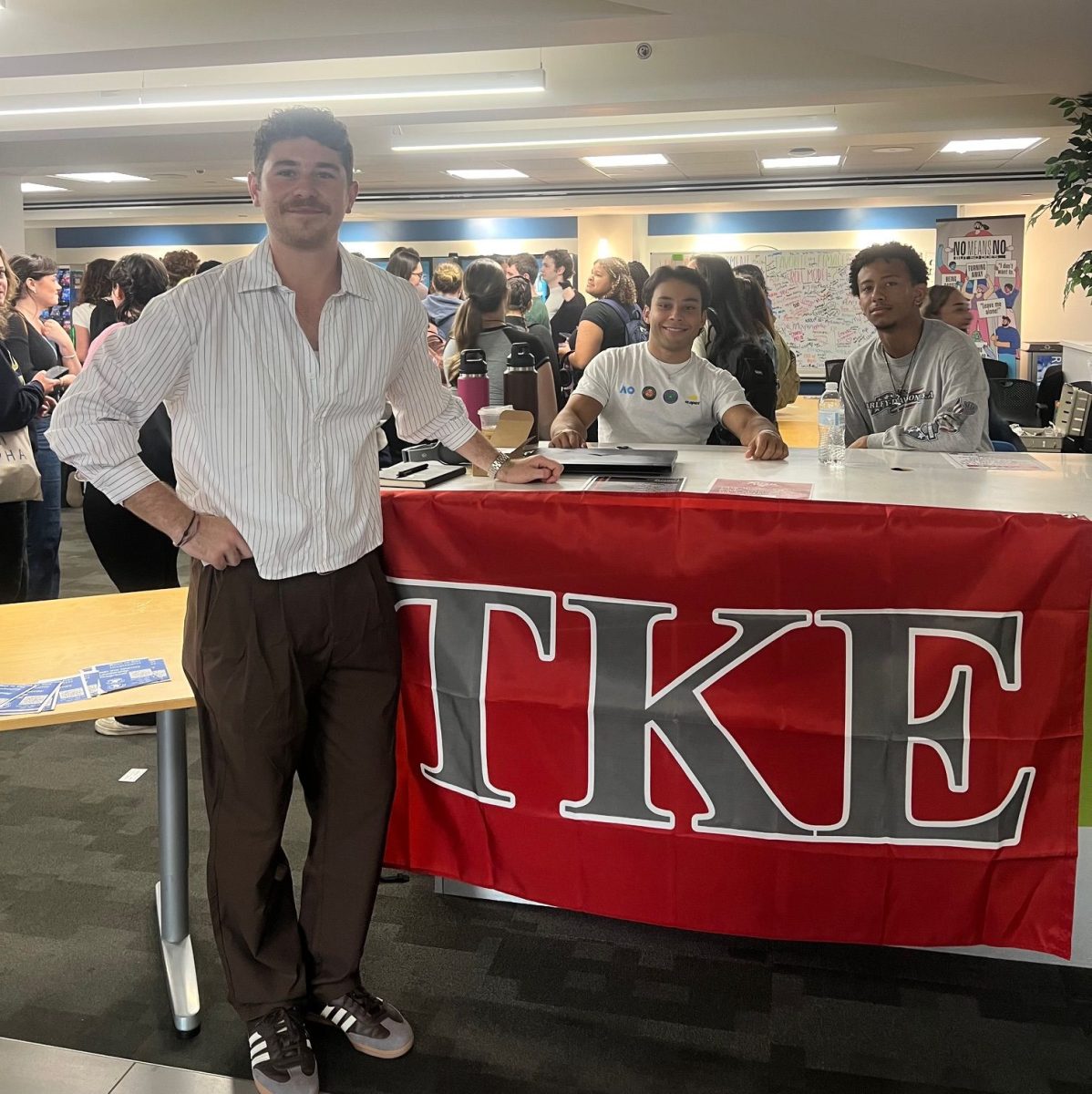
SteveNovick4Senate • Jun 6, 2012 at 9:40 pm
Vote for Steve — Biennial faculty exhibition shows off NESAD professors’ diverse talents: Steve Novick’s Seed… http://t.co/iTaGU0iL